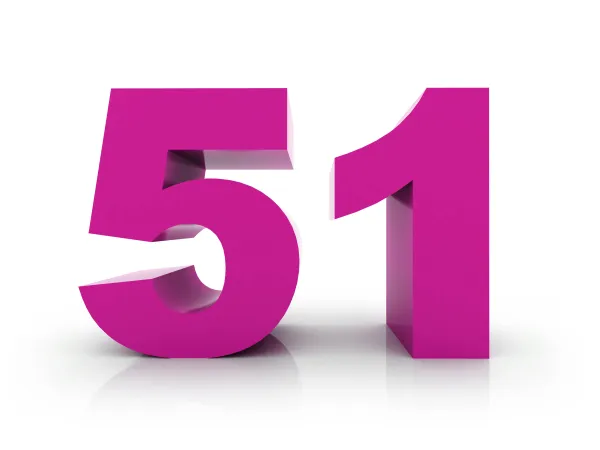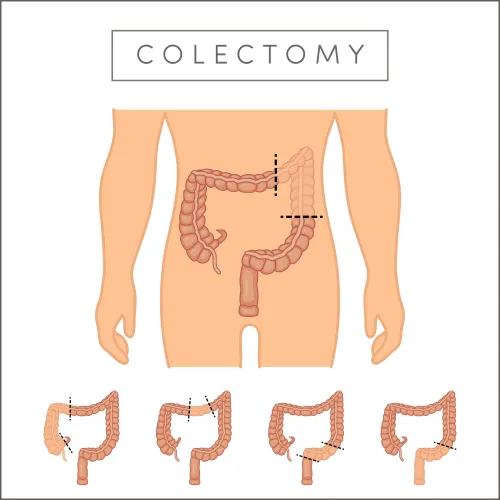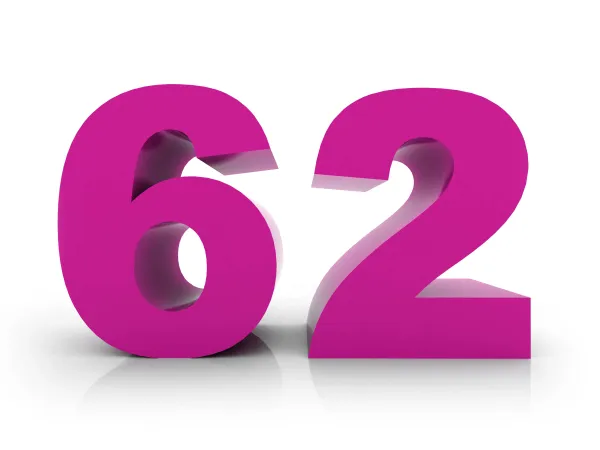Gastroenterology Coding Alert
Draw the Line Between Modifiers 51, 59

Heads up: Medicare prefers you don’t use one of these modifiers at all.
Many coders often find themselves in a tight spot when coding repairs of wounds on different anatomical sites. Whether the second code should take a modifier 51 or 59 consumes a huge part of their dilemma. CPT® states that the second code would take a modifier 51 if the classifications are different, but what about if the anatomic groups are different?
Don’t pull your hair out just yet if you’re faced with the same problem. Let the following tips be your guide on modifier use.
Tip #1: Recognize What Modifier 51 Has To Say
When you use a modifier, you wave a flag to the insurance company advising them that the service you’re reporting is different. Each modifier’s purpose is to tell a specific story that will redefine your service.
Appending modifier 51 (Multiple procedures) to the second or third procedure tells the payer that you did multiple procedures in the same operative session. One way you can look at modifier 51 is to think of it as an informational-type modifier for use on the second, third, etc., surgical procedure performed on the same day. In fact, Medicare does not want you to use this modifier at all. Processing claims electronically allows the carrier to recognize when your physician performs multiple procedures and automatically make the necessary reduction in payment. However, some smaller payers may require the use of this modifier. Before you submit your claim, you should contact your insurance carrier and ask which method it would prefer when reporting multiple surgical procedures.
Example: A gastroenterologist extracts stones from the patient’s biliary duct. During the same session, he uses both removal and destruction methods to extract these stones. If you think these are mutually exclusive procedures that cannot be reported together, you are wrong. CPT® recognizes these procedures to be significantly different, and can be reported separately. On your claim, you should report the following:
-
43265 (Endoscopic retrograde cholangiopancreatography [ERCP]; with destruction of calculi, any method [eg, mechanical, electrohydraulic, lithotripsy]) reported first because it is the higher-valued procedure with a nonfacility relative value unit (RVU) of 12.89
-
43264 (... with removal of calculi/debris from biliary/pancreatic duct[s]), with a nonfacility RVU of 10.86, appended with modifier 51.
Remember: Codes with modifier 51 attached will usually reimburse for half the normal amount since most insurance companies have adopted Medicare’s policy of paying 50 percent for codes with modifier 51 attached.
Tip #2: ‘Special Circumstances’ Allow The Use of Modifier 59
While you should not expect modifier 51 to effect whether or not the service gets paid, modifier 59 can actually effect how a claim is reimbursed. Modifier 59 (Distinct procedure) tips off the payer that certain performed services are not normally done together, but an exception is appropriate in a particular case. This case “may represent a different session or patient encounter, different procedure or surgery, different site or organ system, separate incision/excision, separate lesion, or separate injury (or area of injury in extensive injuries)not ordinarily encountered or performed on the same day by the same physician,” states the CPT® Manual.
Warning: Don’t use modifier 59 when another already established modifier is appropriate. According to the CPT® Manual, “Only if no more descriptive modifier is available, and the use of modifier 59 best explains the circumstances, should modifier 59 be used.”
Modifier 59 is considered the “unbundling” modifier, allowing the procedure to bypass Medicare’s CCI edits. When appending this modifier, your documentation should clearly indicate that the service was not part of a more comprehensive procedure.
Example: Modifier 59 can only apply if the following procedures are performed on separate lesions or at separate patient encounters.
Column 1: 45385 -- Colonoscopy, flexible; with removal of tumor(s), polyp(s), or other lesion(s) by snare technique
Column 2: 45380 -- ... with biopsy, single or multiple.
Related Articles
Gastroenterology Coding Alert
- ICD-10:
Size Up These 7 Gastroenterology Changes Planned for ICD-10-CM 2017
Get ready for more specific pancreatitis codes. The CDC has posted a preliminary list of [...] - PEG Tube Removal:
Only Removing PEG Tube? Focus on E/M Codes
Find out why 43247 just won’t do you any good. If you’ve asked yourself frequently [...] - Modifiers:
Draw the Line Between Modifiers 51, 59
Heads up: Medicare prefers you don’t use one of these modifiers at all. Many coders [...] - Reader Question:
Upper EGDs Have 0 Global Days
Question: My physician plans to perform a repeat EGD on a patient with significant amount of [...] - Reader Question:
Here's What to Do if Your Payers Reimburse 99360
Question: Our surgeons sometimes “standby” for other surgeons in some high-risk procedures or cases. They want [...] - Reader Question:
Attempted EGD Warrants Modifier 53
Question: The GI attempted an EGD on a patient with primary tongue carcinoma who had multiple [...] - Reader Question:
Bolster Placement? Prepare to Use Outpatient E/M
Question: I’ve heard about PEG tube bolster replacement, and curious about how I should report this [...] - Reader Question:
Apply 45990 For Rectal Exam With Anesthesia
Question: I can’t seem to find a proper CPT® code for this: The surgeon used a [...] - Reader Question:
For APC During EGD, Report 43255
Question: How should I report an EGD with Argon plasma coagulation performed by our gastroenterologist for [...] - You Be the Coder:
Looking for Code for Tattooing Polyp? Do This
Question: I heard CPT® has a different code for colonoscopies performed through a colostomy bag. I’m [...]




